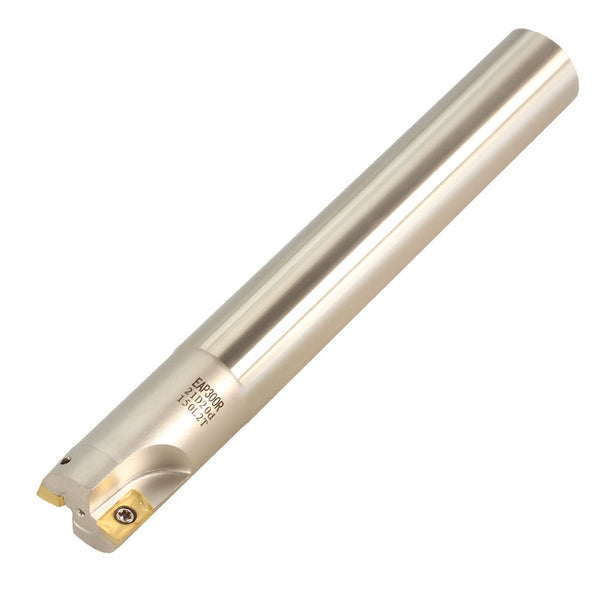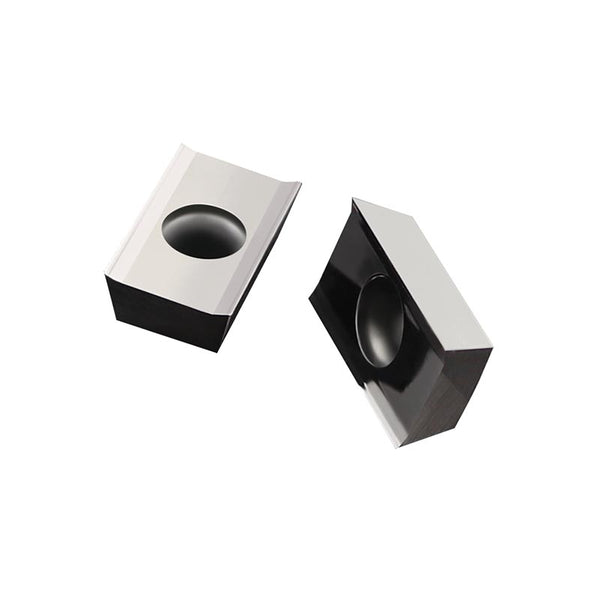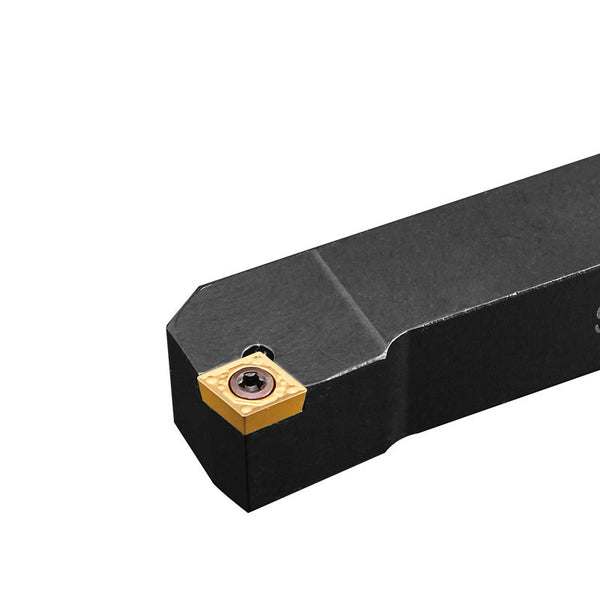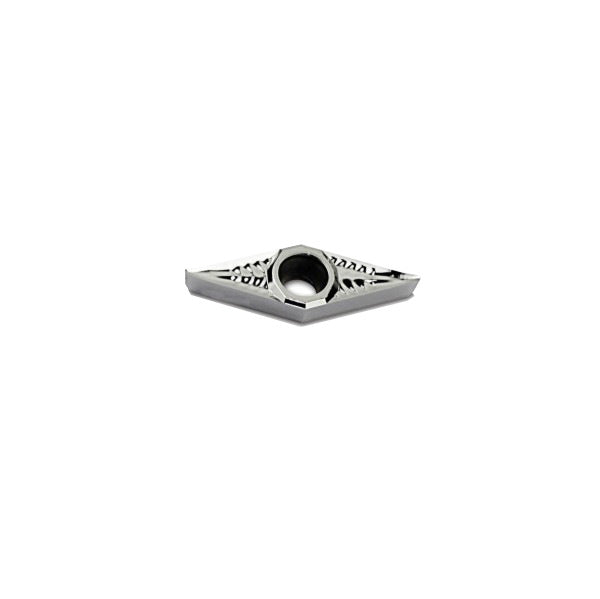Precision in Motion: A Comprehensive Guide to Overview and Applications of Milling Inserts

Introduction:
In the realm of CNC (Computer Numerical Control) machining, milling operations stand as pillars of precision, shaping raw materials into intricate components with unparalleled accuracy and efficiency. At the core of these milling operations lie milling inserts, the silent drivers of machining excellence. In this comprehensive guide, we delve into the overview and applications of milling inserts, unraveling their intricacies, designs, and significance in the dynamic landscape of modern machining.
Understanding Milling Inserts:
Before delving into the intricacies of milling inserts, it's essential to grasp the fundamental role these components play in machining. Milling inserts, also known as milling cutters or milling tools, are replaceable cutting tips meticulously crafted for milling operations on CNC milling machines or machining centers. They come in various shapes, sizes, and materials, each tailored to specific milling applications and requirements.
Overview of Milling Inserts:
Milling inserts feature a diverse range of geometries and cutting edge designs, allowing for versatile machining capabilities across various milling operations. These inserts are mounted onto milling cutters or milling toolholders, which are then secured onto milling spindles or tool turrets. The cutting edges of milling inserts come in various configurations, including square, round, triangular, and indexable designs, each offering unique advantages in terms of cutting performance and tool life.
Applications of Milling Inserts:
Milling inserts find applications across a wide range of milling operations, from roughing to finishing, across various materials and cutting conditions. Let's explore some common applications of milling inserts and their significance in the manufacturing industry:
1. Face Milling Operations:
- Overview: Face milling operations involve removing material from the surface of a workpiece to create flat, parallel surfaces.
- Applications: Milling inserts are commonly used in face milling operations to produce smooth and flat surfaces on components such as engine blocks, gearbox housings, and valve bodies.
- Advantages: Milling inserts offer high material removal rates, excellent surface finish quality, and long tool life, making them ideal for face milling operations where productivity and precision are crucial.
2. Shoulder Milling Operations:
- Overview: Shoulder milling operations involve milling at a specific depth along the edge or shoulder of a workpiece to create precise features or contours.
- Applications: Milling inserts are utilized in shoulder milling operations to machine features such as steps, slots, and contours on components such as molds, dies, and aerospace components.
- Advantages: Milling inserts provide accurate shoulder milling capabilities, excellent chip control, and long tool life, ensuring dimensional accuracy and surface finish quality in the machined features.
3. Slot Milling Operations:
- Overview: Slot milling operations involve milling slots or channels into the surface of a workpiece to accommodate features such as keys, splines, or tool paths.
- Applications: Milling inserts are employed in slot milling operations to create precise and uniform slots with specific width, depth, and tolerance requirements.
- Advantages: Milling inserts offer efficient chip evacuation, precise slot dimensions, and extended tool life, making them suitable for high-volume slot milling applications in industries such as automotive, aerospace, and general engineering.
4. Profile Milling Operations:
- Overview: Profile milling operations involve milling complex profiles or contours into the surface of a workpiece to create intricate features or shapes.
- Applications: Milling inserts are utilized in profile milling operations to machine features such as gears, cams, and molds with high precision and repeatability.
- Advantages: Milling inserts provide versatile profile milling capabilities, allowing for the creation of intricate geometries with tight tolerances and excellent surface finish quality.
5. Chamfer Milling Operations:
- Overview: Chamfer milling operations involve milling chamfers or beveled edges along the edges of a workpiece to create smooth transitions or decorative features.
- Applications: Milling inserts are employed in chamfer milling operations to create precise and uniform chamfers with specific angles and dimensions.
- Advantages: Milling inserts offer efficient chamfer milling capabilities, reducing cycle times and improving part aesthetics in applications such as automotive components, aerospace structures, and architectural elements.
TAGS:
SHARE:





